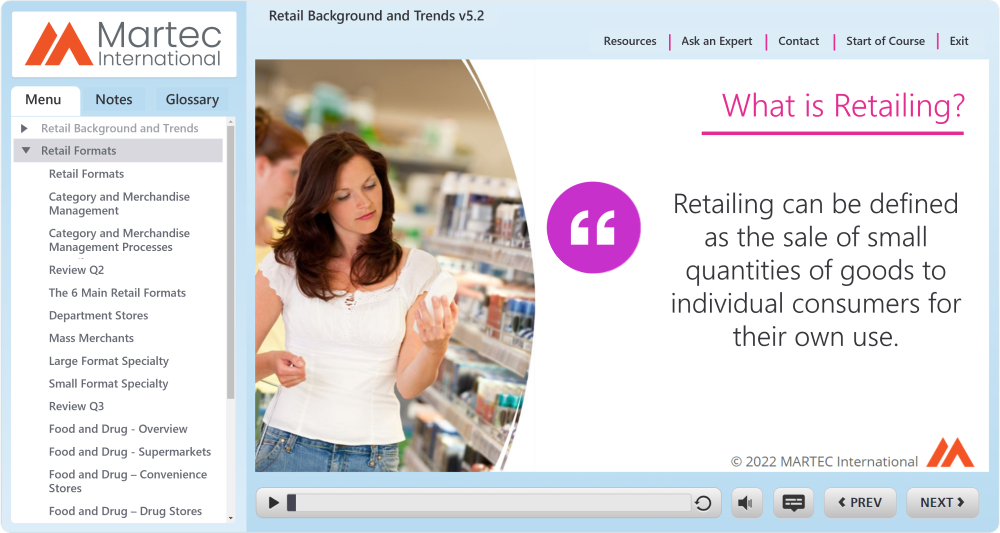Martec’s Approach to Micro-Learning
Micro-learning is an important concept in making training more accessible and more effective. Especially now where learners access content on their mobile devices and are on the move with limited windows of time. However, it comes with its own challenges:
- Small segments of learning (typically 5 to 10 minutes long) can teach very little and then only simple concepts that can be absorbed in that time, achieving the right level of detail is key.
- It can lead to learning consisting of a number of unrelated micro-segments, ignoring key principles of instructional design. Effective instructional design ensures that segments are only studied in sequences where each new idea uses concepts or knowledge that have previously been covered in earlier segments.
- One large course aggregator has recently announced 10,000 micro-learning segments on their platform, growing to 40,000 over the next year.
- How do you as a training procurement professional make sure that any selection you make is studied in the most logical and instructionally sound sequence?
At Martec, our class design process addresses these challenges effectively. This screenshot shows an element of the menu structure in a class that takes about 70 to 90 minutes to study in full. We recommend that learners do not study for more than 30 to 40 minutes at a time to help maximize retention. Our classes remember where a learner got to and next time they prompt to start where the learner previously left off.
When studying the class for the first time, we recommend following the menu flow so that you learn in the best instructional design sequence and each new concept only relies on concepts or knowledge taught earlier in the flow, but learners can jump straight to any topic if they need to. (This latter point is not true of classes that carry CPE accreditation).

Once the class has been studied and learners want to revise concepts as they need them in their work, they can jump directly to any item. These items are mostly 1 to 2 minutes long, but a small number reach 7 to 8 minutes in length. Hence it is easy to group 2 or 3 together to make a bigger micro-segment. As an example, the three food and drug elements in the menu (Overview, Supermarkets and Convenience Stores) can be treated as a logical micro-segment.
This approach means that learners can study small segments whenever they need to, but they can always see the segments in the bigger context of the surrounding content. This results in higher learner retention and engagement, making micro learning an inviting and invaluable way to learn.
Post training follow up, such as weekly refresher emails and exercises, or key points to revise, can be based on just the selected menu elements which are necessary for the reinforcement being exercised, and thereby enhance the original training.
